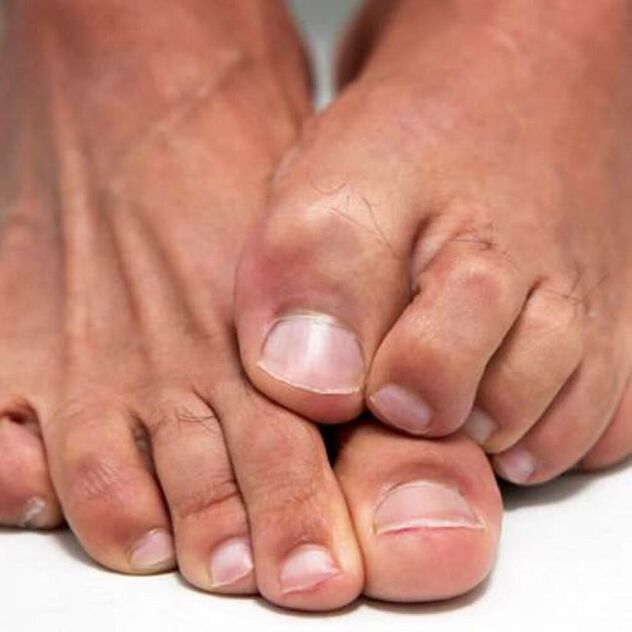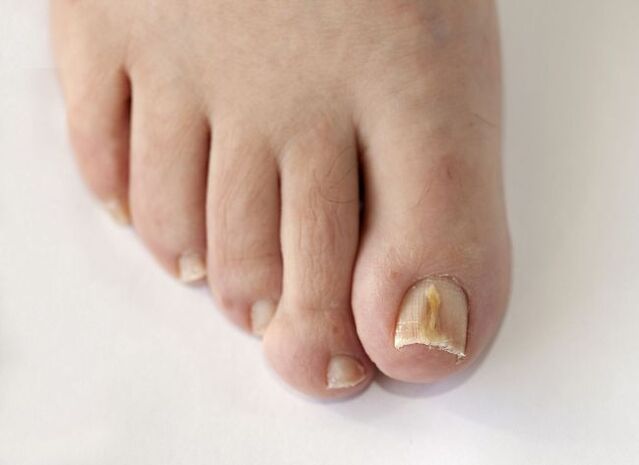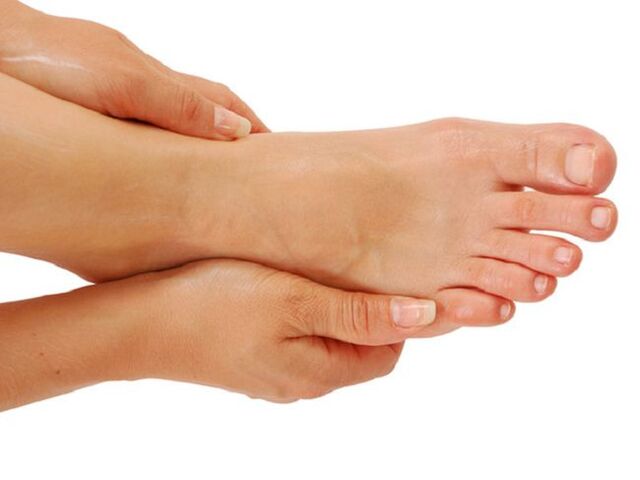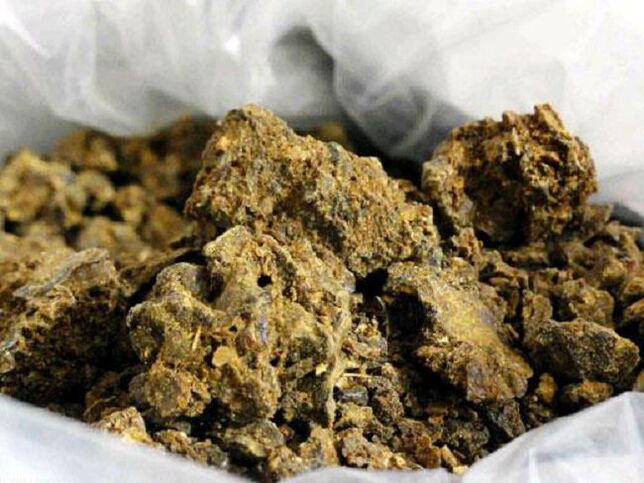Characteristics of fungi

disease symptoms

vinegar bath

For more effective results, take a bath with vinegar and celandine. To do this, pour two tablespoons of celandine into the water and boil it for about 15 minutes, let it brew, add vinegar before steaming the feet.
Other uses for vinegar

Benefits of Propolis

iodine and garlic

















